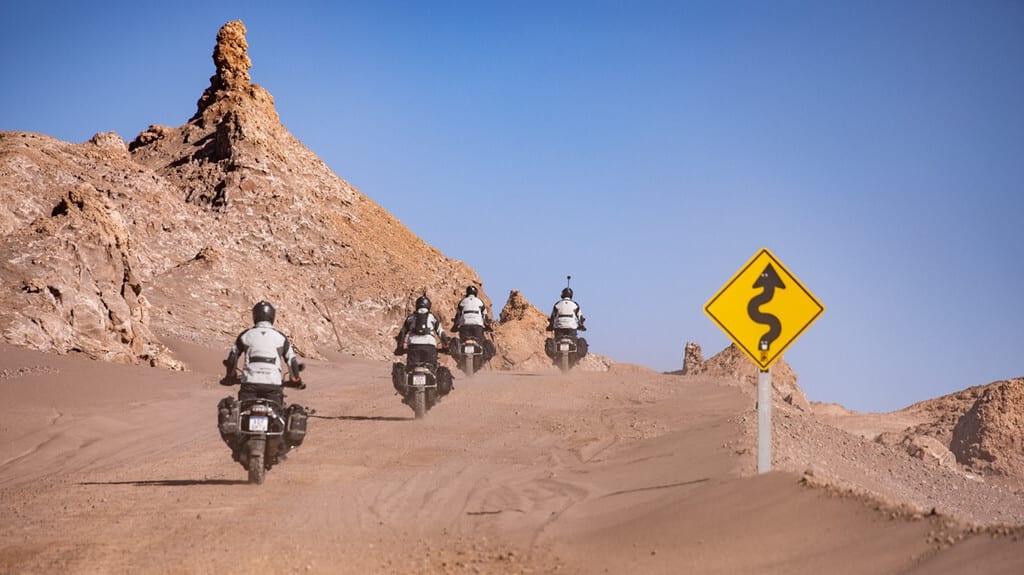
Valle de la Luna, Bolivia: A lunar landscape on Earth
What's the story
Valle de la Luna, located near La Paz in Bolivia, offers a surreal landscape that closely resembles the moon's surface. This geological marvel is characterized by its towering spires and deep canyons formed by erosion over millions of years. The area's unique mineral composition adds vibrant colors to the panorama, making it a must-visit for nature lovers and photography enthusiasts alike.
Timing
Best time to visit Valle de la Luna
The optimal time to visit Valle de la Luna is in the dry season, from May to October. These months offer clear skies and minimal rainfall, perfect for exploring its vast landscape. To avoid the intense midday sun and enjoy the beauty of the rock formations' dramatic shadows, plan your visit for early morning or late afternoon.
Hiking
Hiking through otherworldly terrains
Valle de la Luna features diverse hiking trails suitable for various fitness levels. These paths meander through its moonlike terrain, offering intimate views of its distinct geological shapes. The primary route guides visitors past the valley's most notable elements, including high spires and vast craters. Ensure you wear comfortable footwear and bring water on this Martian journey.
Photography
Capture the colors at sunset
One activity not to miss in Valle de la Luna is capturing its landscape at sunset when the setting sun paints the sky in hues of orange and pink, contrasting beautifully with the valley's earthy tones. The lookout points provide panoramic views perfect for photography enthusiasts aiming to capture this natural spectacle. Ensure your camera batteries are charged for this unforgettable experience.
Geology tour
Understanding geological history
Guided geology tours at Valle de la Luna offer insights into its formation. These tours explain the role of wind and water erosion over millions of years, enhancing visitors' appreciation of this natural wonder. It's an educational experience that complements hiking and photography, making your visit truly unforgettable. Explore this unique landscape to understand its geological history and natural beauty.